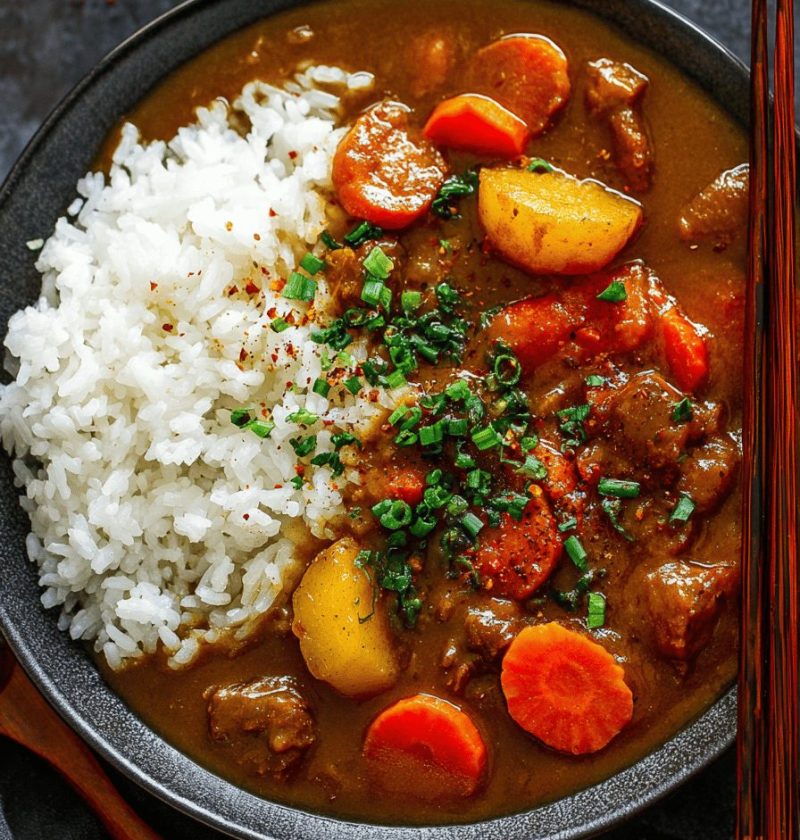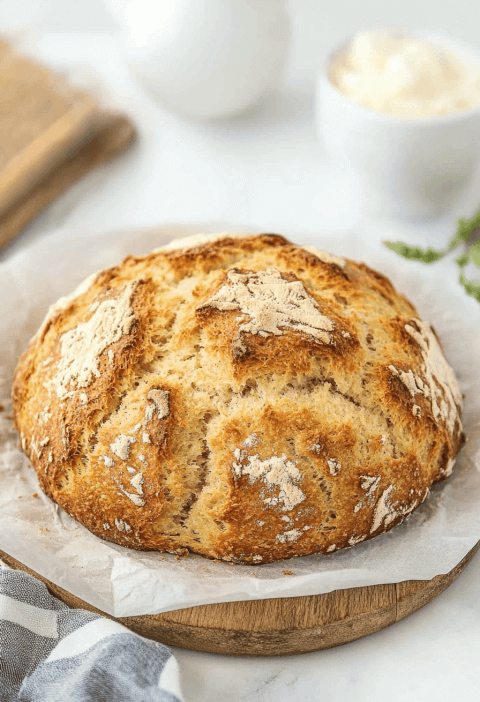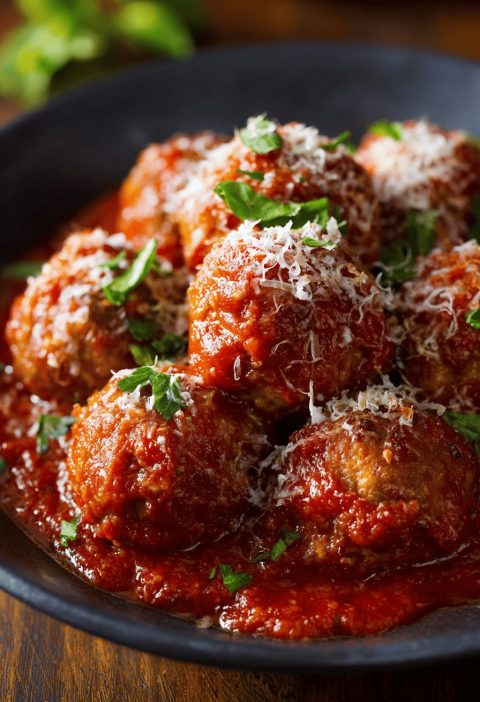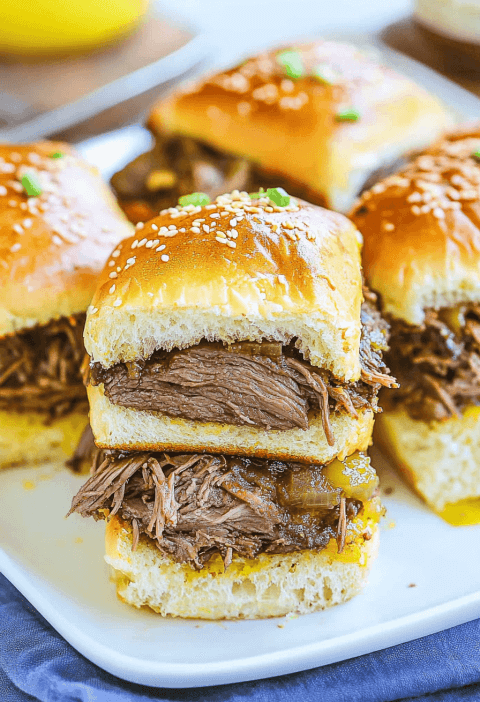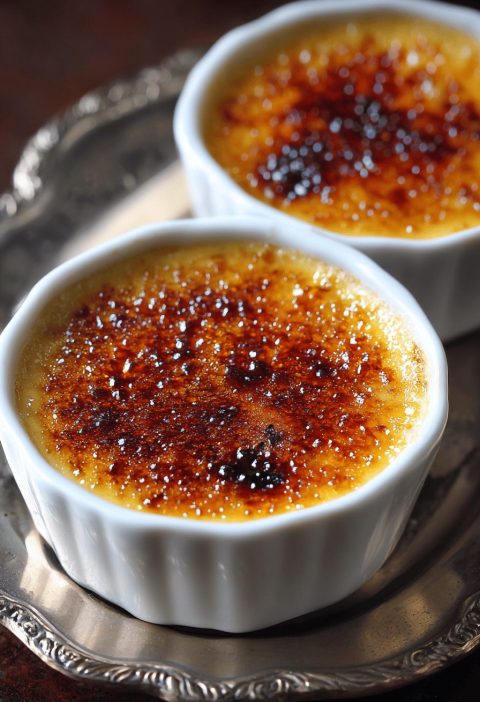Would you like to save this?
Japanese Curry Recipe
This Japanese Curry Recipe is a soul-warming, weeknight-friendly dish that you can whip up in under an hour.
Japanese curry, or kare raisu, is Japan’s beloved take on curry rice—mildly spiced, slightly sweet, and utterly comforting. It landed in Japan during the Meiji era via British navy cooks, then quietly became a staple at home kitchens and school cafeterias alike. What makes this Japanese Curry Recipe special? It balances umami-rich broth with tender veggies and your choice of protein, plus a hint of grated apple for natural sweetness. I first fell for it at a tiny Kyoto eatery back in the mid-’90s, and ever since, it’s been my go-to when I need a warm hug on a plate. Whether you’re feeding hungry teens, surprising guests, or just craving something hearty, this curry checks all the boxes.
H2 Why You’ll Love This Japanese Curry Recipe
- Ready in about 45 minutes—even if you’re juggling a full schedule
- Kid-approved: the mellow spice level appeals to picky eaters
- Customizable: swap chicken for beef, tofu, or even seafood
- Make-ahead friendly: flavors deepen after a day or two in the fridge
- One-pot wonder: less cleanup, more time to chat with loved ones
- Nutrient-rich: hearty veggies boost fiber, vitamins, and color
- Crowd-pleaser: perfect for casual dinners, potlucks, or busy weeknights
- Budget-smart: pantry staples and seasonal produce keep costs low
H2 Ingredients for Japanese Curry Recipe
• 1 lb boneless chicken thighs (sub: chicken breast or cubed firm tofu)
• 2 tbsp neutral oil (canola, grapeseed or light olive oil)
• 1 large yellow onion, thinly sliced (sweet Vidalia works nicely)
• 2 medium carrots, peeled and cut into 1-inch rounds
• 2 medium russet potatoes, peeled and diced (Yukon Gold for creaminess)
• 2 cloves garlic, minced (or 1 tsp garlic paste)
• 1″ piece fresh ginger, grated (about 1 tbsp)
• 3 cups low-sodium chicken broth (or vegetable broth)
• 100 g Japanese curry roux block (mild or hot; I love S&B Golden Curry)
• 1 small apple, grated (Fuji or Gala adds natural sweetness)
• 1 tbsp soy sauce (or tamari for gluten-free)
• 1 tsp Worcestershire sauce (for depth; skip if vegan)
• Steamed rice, for serving (short-grain sushi or jasmine)
Tips:
– Choose fresh veggies for the brightest flavors.
– For a vegan curry, use tofu, vegetable broth, and a vegan curry roux (look for House Foods GF).
– Grating the apple directly into the pot means no extra dishes—and a smoother sauce.
H2 Directions for Japanese Curry Recipe
- Prep your ingredients. Slice onions, dice potatoes and carrots, mince garlic, grate ginger and apple.
- Heat oil in a heavy pot over medium. Add onions and a pinch of salt; cook, stirring occasionally, until golden-brown (about 8 minutes). Here’s the thing: those browned edges add layers of flavor, so don’t rush.
- Stir in garlic and ginger; cook until fragrant (30 seconds).
- Add chicken pieces; brown on all sides (4–5 minutes). If using tofu, press first to remove excess moisture.
- Toss in carrots and potatoes; pour in broth. Scrape up any brown bits from the bottom—that’s pure taste in your sauce.
- Bring to a gentle boil, then lower heat and simmer until veggies are tender, about 15–20 minutes.
- Turn off heat. Break the curry roux into blocks and stir into the pot until completely melted. If lumps appear, stir vigorously or whisk gently.
- Add grated apple, soy sauce, and Worcestershire sauce; simmer 5 more minutes. Taste and adjust seasoning—add a dash more soy if you crave extra umami.
- Serve over warm rice. Honestly, those first spoonfuls are pure comfort.
H2 Servings & Timing
Yields: 4–6 servings
Prep Time: 15 minutes (including grating the apple)
Cook Time: 30 minutes (hands-on plus simmering)
Total Time: ~45 minutes
H2 Variations
• Beef Curry: swap chicken for thinly sliced chuck steak and simmer a bit longer.
• Vegan Version: use tofu, vegetable broth, and a vegan curry roux—plus coconut milk for creaminess.
• Spicy Kick: stir in ½ tsp chili oil or a pinch of shichimi togarashi.
• Sweet Potato Swap: replace russets with sweet potatoes for extra color and fiber.
• Curry Pan: cool leftovers, sandwich between bread, coat in panko and fry for homemade curry buns.
• Seafood Twist: add shrimp or scallops in the last 5 minutes of cooking.
H2 Storage & Reheating
Refrigerator: Store covered for up to 4 days—flavors mature beautifully overnight.
Freezer: Freeze in airtight containers for up to 3 months; thaw in the fridge before reheating.
Reheat: Gently warm on the stove over low heat, stirring so it doesn’t stick (add a splash of water if too thick), or zap in the microwave, stirring once midway.
Make-ahead: Complete the curry, cool slightly, then chill; reheat and serve over freshly cooked rice for fuss-free entertaining.
H2 Notes
– I learned that browning the onions slowly gives you that subtle sweetness that makes Japanese curry stand out.
– Grating the apple yourself—not using sauce—keeps the texture silky.
– If your curry seems thin, mash a few potato chunks against the pot’s side and stir; it thickens naturally.
– For extra gloss, stir in a small knob of butter or a splash of cream at the end.
H2 FAQs about Japanese Curry Recipe
Q: Can I make Japanese curry gluten-free?
A: Absolutely—choose a certified gluten-free curry roux (House Foods GF is great) and swap soy sauce for tamari.
Q: Why is my curry too salty or sweet?
A: Taste as you go—add broth or water to tame saltiness, a squeeze of lemon juice to cut sweetness.
Q: Can I reuse leftovers for another dish?
A: Yes! Use it as a filling for pot pies, top a baked potato, or toss with roasted vegetables.
Q: What’s the difference between Japanese curry and Indian curry?
A: Japanese curry is milder, thicker, and slightly sweet thanks to tomatoes or apple; Indian curry often packs more heat and varied spices.
Q: Is pre-made roux necessary?
A: You can whisk together flour, butter, and curry powder to make a DIY roux, but store-bought blocks save time and give consistent flavor.
Q: Can I freeze rice and curry together?
A: You can, but rice texture might change—I prefer freezing curry alone and cooking fresh rice.
Q: What side dishes pair best?
A: Quick pickles (fukujinzuke), a green salad with sesame dressing, or even simple steamed broccoli.
Q: How spicy is this curry?
A: With a mild roux, it’s family-friendly. For extra heat, choose a hot roux or add chili flakes.
H2 Conclusion
This Japanese Curry Recipe hits all the right notes: easy prep, one-pot cooking, and a bowl of cozy warmth. It’s flexible, kid-friendly, and perfect for any night of the week. Give it a whirl—and please leave a comment or photo below to share how it turned out. Looking for more comfort-food inspiration? Check out my Chicken Katsu Curry or Veggie Miso Ramen next!

Japanese Curry Recipe
Ingredients
- 1 lb boneless chicken thighs boneless chicken thighs (sub: chicken breast or cubed firm tofu)
- 2 tbsp neutral oil neutral oil (canola, grapeseed or light olive oil)
- 1 large yellow onion yellow onion (sweet Vidalia works nicely)
- 2 medium carrots carrots peeled and cut into 1-inch rounds
- 2 medium russet potatoes russet potatoes peeled and diced (Yukon Gold for creaminess)
- 2 cloves garlic garlic
- 1 apple apple grated (Fuji or Gala adds natural sweetness)
- 3 cups low-sodium chicken broth low-sodium chicken broth (or vegetable broth)
- 100 g Japanese curry roux block Japanese curry roux block (mild or hot; I love S&B Golden Curry)
- 1 tbsp soy sauce soy sauce (or tamari for gluten-free)
- 1 tsp Worcestershire sauce Worcestershire sauce (for depth; skip if vegan)
- Steamed rice Steamed rice (short-grain sushi or jasmine)
Instructions
- Prep your ingredients. Slice onions, dice potatoes and carrots, mince garlic, grate ginger and apple.
- Heat oil in a pot, add onions and cook until golden-brown.
- Stir in garlic and ginger; cook until fragrant.
- Add chicken pieces and brown on all sides.
- Toss in carrots and potatoes; pour in broth.
- Bring to a boil, then simmer until veggies are tender.
- Break the curry roux into blocks and stir into the pot until melted.
- Add grated apple, soy sauce, and Worcestershire sauce; simmer a bit more.
- Serve over warm rice and enjoy!

